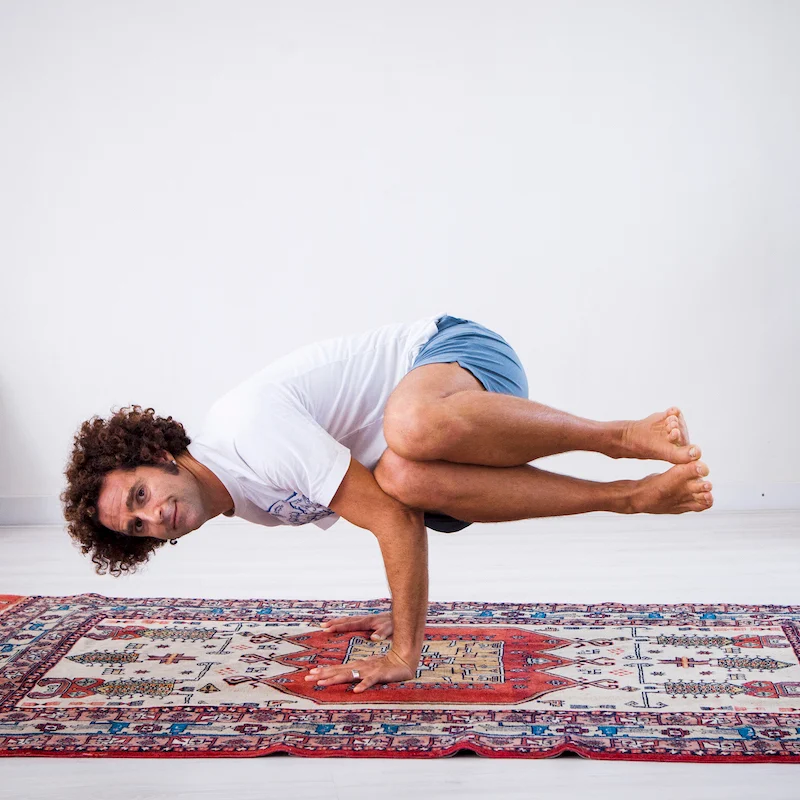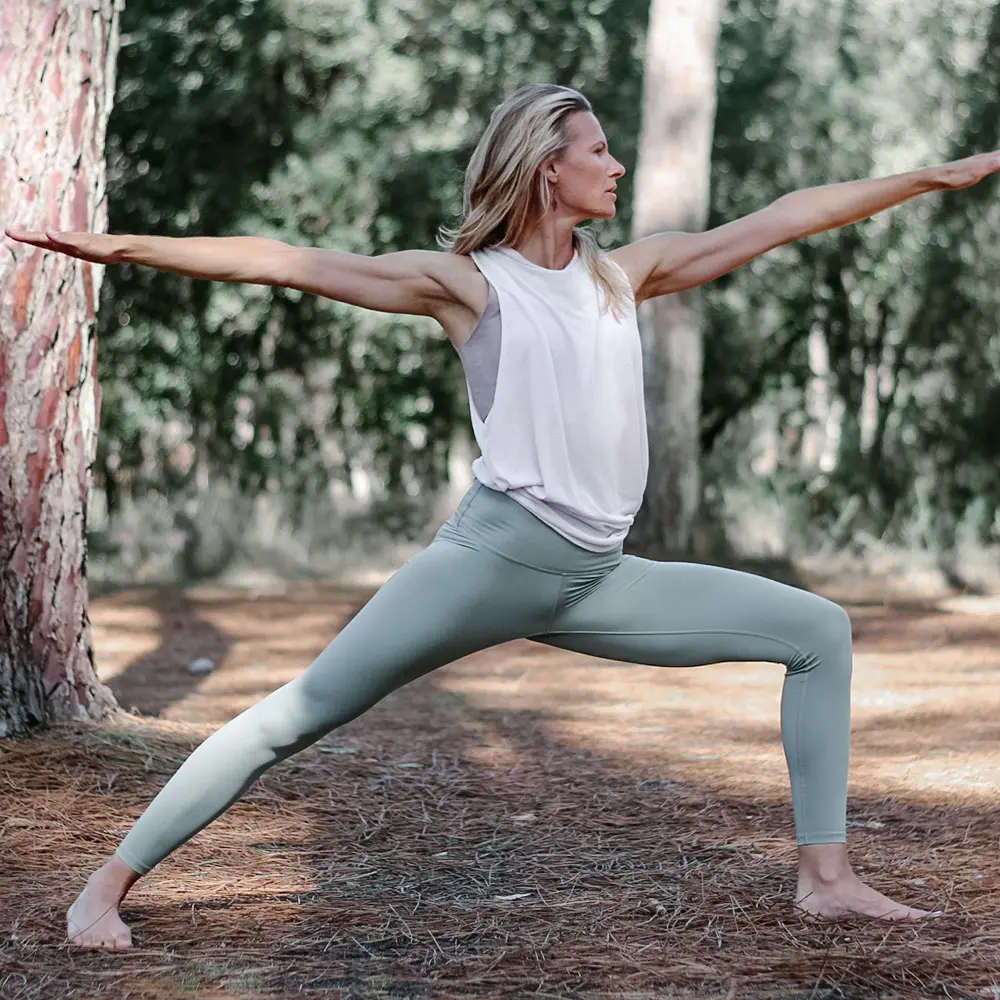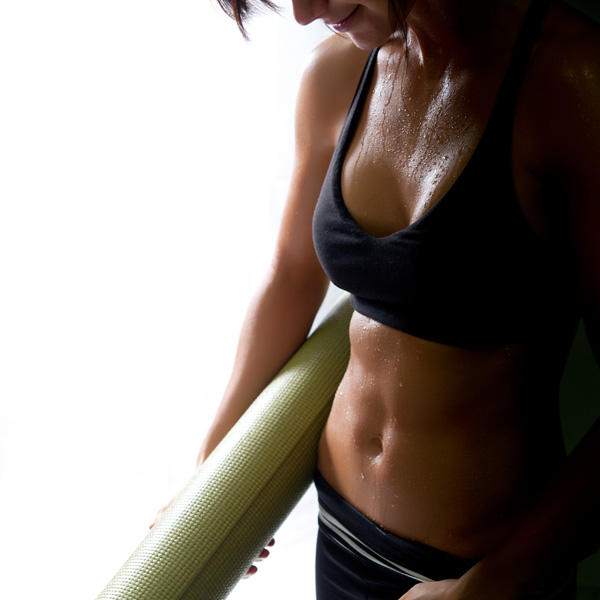I. Introduction

It is a dynamic and invigorating style of yoga that combines flowing sequences with breath control and synchronization. This practice originated from the traditional Vinyasa Yoga, but with an added emphasis on strength-building and intensity. In this article, we will delve into the origins, principles, and numerous benefits of Power Vinyasa Yoga. We will also explore the practice and technique involved, including the dynamic sequences, breath control, and strength-building poses. So, let’s embark on this journey to discover the transformative power of Power Vinyasa Yoga.
II. Understanding Power Vinyasa Yoga
a. Definition and origins of Power Vinyasa Yoga
Power Vinyasa Yoga is a style of yoga that was popularized in the 1990s by influential yoga teachers such as Baron Baptiste and Bryan Kest. This style draws its roots from Ashtanga Yoga, a classical yoga practice that emphasizes a series of synchronized movements and breath, and brings a modern twist by incorporating additional strength-building postures and a more creative approach to sequencing.
b. Key principles and characteristics of Power Vinyasa Yoga
It is characterized by its dynamic and fluid sequences of yoga postures, also known as asanas. These sequences flow seamlessly from one pose to another, creating a continuous and rhythmic movement that synchronizes with the breath. The aim is to build strength, increase flexibility, and create a sense of flow and unity within the body and mind.
The key principles of Power Vinyasa Yoga include the emphasis on breath control, the integration of strength-building poses, and the encouragement of self-exploration and personal discovery. This style of yoga is often practiced in a heated room, which further intensifies the physical and mental challenges.
c. Benefits of Power Vinyasa Yoga
It offers a multitude of benefits for both the body and the mind. Some of the notable benefits include:
- Physical strength and flexibility: The dynamic nature of Power Vinyasa Yoga helps to build lean muscle and increase overall body strength. It also improves flexibility and mobility, allowing for better range of motion in joints and muscles.
- Cardiovascular health and endurance: The continuous flow of movements in Power Vinyasa Yoga elevates the heart rate, providing a cardiovascular workout that improves endurance and stamina.
- Stress relief and mental well-being: The focus on breath synchronization and the mindful movements in Power Vinyasa Yoga help to calm the mind, reduce stress, and promote mental clarity and relaxation.
- Increased body awareness: Power Vinyasa Yoga encourages practitioners to listen to their bodies, observe sensations, and stay present in the moment. This cultivates a deeper sense of body awareness and self-connection.
III. Practice and Technique
a. Dynamic and flowing sequences in Power Vinyasa Yoga
It is characterized by its dynamic and flowing sequences that seamlessly transition from one pose to another. These sequences are carefully designed to create a sense of flow, rhythm, and connection between postures. The movements are often coordinated with the breath, with each inhale and exhale guiding the transitions.
The sequences in Power Vinyasa Yoga may vary from class to class and teacher to teacher, but typically include a warm-up phase, a main flow phase, and a cool-down phase. The warm-up phase prepares the body for the more challenging postures ahead, the main flow phase is the heart of the practice, and the cool-down phase allows for stretching and relaxation.
b. Breath control and synchronization

One of the fundamental aspects of Power Vinyasa Yoga is breath control and synchronization, also known as ujjayi breath. Ujjayi breath is a deep and audible breath that is used throughout the practice to anchor the mind, oxygenate the body, and create a sense of focus and awareness.
In Power Vinyasa Yoga, the breath is synchronized with the movements, with each inhale and exhale guiding the transitions between postures. Participants are encouraged to breathe deeply and audibly through their noses, engaging the throat muscles to create a soft whispering sound, similar to a gentle ocean wave.
c. Incorporating strength-building poses and sequences
It incorporates a variety of strength-building postures and sequences to challenge the body and build muscular strength. These postures often target the core, arms, legs, and back. Examples of strength-building poses commonly found in Power Vinyasa Yoga classes include plank pose, chaturanga dandasana (four-limbed staff pose), and chair pose.
IV. Physical and Mental Benefits
a. Increased strength, flexibility, and balance
It is a dynamic and demanding practice that challenges the body’s strength, flexibility, and balance. The continuous flow of movements and the incorporation of strength-building poses help to increase muscle tone and overall body strength. Through regular practice, participants can develop stronger core muscles, arms, and legs.
Furthermore, the dynamic nature of Power Vinyasa Yoga requires participants to move in and out of a variety of postures, which helps to improve flexibility. Regular practice can lead to increased range of motion in joints, improved muscle flexibility, and greater overall body suppleness.
In addition to building strength and flexibility, Power Vinyasa Yoga also helps to enhance balance. Many poses in this style of yoga require participants to engage their core muscles and find stability in challenging positions. As participants deepen their practice, they develop better balance, both physically and mentally.
b. Improved cardiovascular health and endurance
The dynamic and continuous flow of movements in Power Vinyasa Yoga creates a unique cardiovascular workout. The practice elevates heart rate and increases circulation, leading to improved cardiovascular health.
As participants engage in the flowing sequences and synchronize their movements with the breath, the practice becomes a form of aerobic exercise. The combination of strength-building poses, breath control, and mindful movement results in improved stamina and endurance.
Consistent practice of Power Vinyasa Yoga can lead to increased lung capacity, improved oxygenation of the body, and a stronger cardiovascular system.
c. Enhanced mental focus, relaxation, and stress relief
It not only benefits the physical body but also has a profound impact on mental well-being. The focus required to synchronize breath and movement cultivates a deep sense of mindfulness and concentration.
As practitioners flow through the dynamic sequences, they become fully present in the moment, bringing their attention away from daily stresses and distractions. The practice of Power Vinyasa Yoga allows participants to tap into a state of mental clarity and focus.
The combination of breath control, movement, and mindfulness in Power Vinyasa Yoga also promotes relaxation and stress relief. The rhythmic breath helps to calm the nervous system and activate the body’s relaxation response. This can alleviate anxiety, reduce tension, and promote an overall sense of well-being.
V. Modifications and Adjustments
a. Modifying poses for different body types and abilities
It can be modified to suit different body types and abilities. Instructors often provide variations and options for participants to choose from, depending on their body’s needs and limitations.
For example, participants with less flexibility in the hips may modify a deep forward fold by bending the knees or using props such as blocks. Similarly, those with tight shoulders may adapt poses that require arm extensions by using a strap or a wider hand placement.
By offering modifications, instructors empower participants to customize their practice, ensuring that they can safely and comfortably engage in the poses.
b. Providing modifications for injuries or physical limitations
Injuries or physical limitations should not deter individuals from practicing Power Vinyasa Yoga. In fact, with proper modifications, individuals can still enjoy the benefits of the practice while respecting their body’s limitations.
Participants with injuries or physical limitations should inform the instructor before the class begins. This allows the instructor to provide specific modifications or pose alternatives to accommodate their needs.
For example, someone with a knee injury may need to avoid deep knee bends or choose knee-friendly variations of poses. Similarly, individuals with wrist issues can modify poses that place excessive weight on the hands.
Instructors should offer guidance and modifications to ensure participants can safely practice within their capabilities and minimize the risk of further injury.
c. Hands-on adjustments for optimal alignment and safety
Hands-on adjustments are an integral part of Power Vinyasa Yoga classes. When properly performed, they can help participants achieve optimal alignment, deepen their poses, and prevent injuries. Instructors use these adjustments to guide participants into correct alignment and provide support to enhance the practice.
During class, instructors may make adjustments to the participants’ body positions by gently guiding them into proper alignment. This can include cues to engage specific muscles, align joints, or adjust the positioning of limbs.
It’s important for instructors to ask for consent before providing hands-on adjustments and to be mindful of each participant’s comfort level.
Conclusion:
It offers a myriad of physical and mental benefits. Through regular practice, participants can experience increased strength, flexibility, and balance. The dynamic movements and breath control in Power Vinyasa Yoga provide an excellent cardiovascular workout, leading to improved cardiovascular health and endurance.

